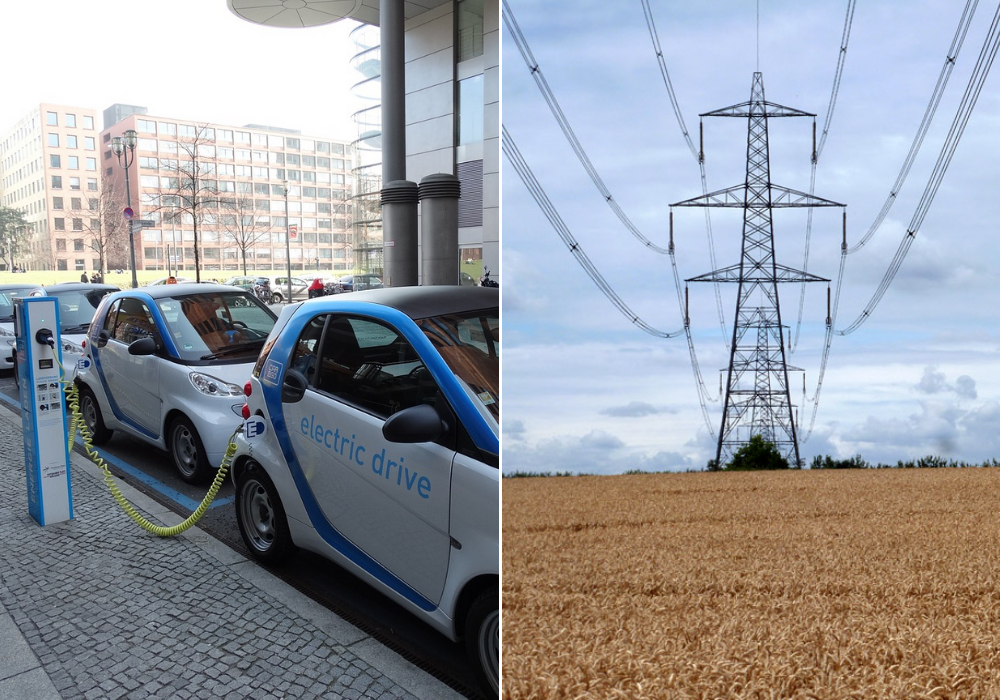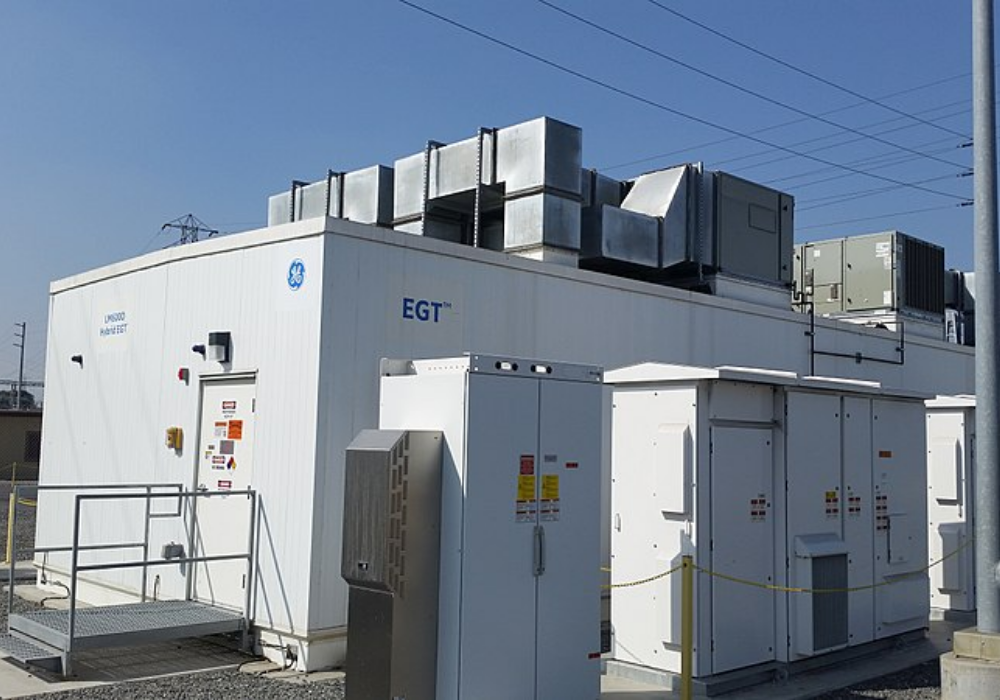Cybersecurity, big data and the Internet of Things are technologies set to impact the power sector

The global electric-vehicle fleet, which stood at more than 5.1 million in 2018, is expected to reach 130 million by 2030 (Credit: needpix.com/geograph.org.uk/Robin Webster)
Electric vehicles, digitalisation and grid-scale energy storage are just three key trends set to impact the power sector in 2020.
As the world economy shifts towards greener energy, the adoption of such technology is becoming increasingly widespread – a trend that looks set to continue throughout this year.
The change in how energy is generated and consumed will also see increased importance placed on how the power is distributed, stored and protected.
Harminder Singh, power director at data and analytics firm GlobalData, identifies five key trends he believes will shape the industry in 2020.
Five key trends set to impact the power sector in 2020
Electric vehicles
Singh said the adoption of electric vehicles (EVs) looks set to continue on the “steep trajectory witnessed in the past few years”.
“The global EV fleet, which stood at more than 5.1 million in 2018, is expected to reach around 130 million by 2030 as per International Energy Agency (IEA) forecasts,” he added.
“Governments across the world are setting targets for deployments of EVs and these policy signals are encouraging industry stakeholders to invest across the EV supply chain.
“In addition, large power utilities such as EDF, E.ON and Enel in Europe have been investing in EV charging station infrastructure, and this market is witnessing consolidation — a trend that is expected to continue.
“Increasingly, power utilities are collaborating with EV manufacturers to boost their offerings in areas such as EV charging, vehicle-to-grid (V2G) services, energy storage and renewable energy sources.
“Oil majors such as Shell, BP and Total are also placing huge bets in this market through acquisitions.”
Digitalisation
Power utilities, which have traditionally been averse to the adoption of new technologies, are now starting to realise their benefits and offering heavy investment for them, according to Singh.
He said a survey on emerging technology trends by GlobalData revealed cybersecurity, big data, cloud computing, robotics, and the Internet of Things (IoT) are viewed as the top five technologies that will have the maximum impact on the sector over the next three years.
“Cybersecurity is receiving the maximum attention from power companies in order to protect grids from cyber-attacks,” he added.
“Power utilities realise the crippling effect such attacks can have on the grid, so they are willing to invest heavily to protect against them.
“With more data coming out of customers’ meters, utilities are focusing on data analytics for load forecasting, generation planning, managing peaks and increasing customers’ awareness regarding energy efficiency.
“Big data and cloud computing are useful tools that are aiding these initiatives.
“Cloud models are helping utilities to lower their IT capital expenditure and offer unlimited computing and advanced analytics, while IoT is helping power companies to remotely monitor and manage their assets.
“Utilities are also able to conduct predictive maintenance of their assets with the assistance of IoT.”
Grid-scale battery storage
Singh also said energy storage installation among end-users — such as renewable energy generators, grid operators and distributed generation — is projected to witness larger growth due to smart grid development.
“The battery energy storage system market, which was estimated at 4.9 gigawatts (GW) in 2018, is forecasted to reach 22.2GW by 2023,” he added.
“The economies of energy storage in a wide range of applications, coupled with the falling cost of systems, will likely result in the rapid growth of battery energy storage solutions.
“Lithium-ion batteries are emerging as crucial components for energy storage, and the increasing growth of EVs has resulted in advancements in lithium-ion technologies and a steady decline in the prices of lithium-based batteries.

“Several energy storage projects in the pipeline have been accelerated by incentive programmes.
“The deployment is expected to grow, due to a large number of countries opting for storage utilisation to support their power sector transformation.
“The US introduced several bills and policies related to energy storage, and the country has comprehensive incentive programmes supporting battery utilisation.
“In the meantime, India published a national energy storage mission, outlining the country’s ambition to become a market leader in the manufacture of batteries.
“Similarly, China and Germany are exploring opportunities to capitalise on the growing market for batteries.”
Microgrids
Singh believes microgrids will continue to make inroads in the power sector, driven by the need for resiliency, energy security and the electrification of remote areas.
“Last year saw a number of microgrid projects being announced by companies across the world,” he said.
“Utilities such as Duke Energy, EDF, Engie and AusNet have been involved in the development of microgrid projects, the scale of which has also been increasing with projects as large as the 100MW Armonia Microgrid Project in Palau that’s being developed.
“Policy developments have been encouraging. For example, Hawaii has become the first state to initiate microgrid tariffs.
“California is also following close behind, trying to enact legislation in this direction.”
Corporate power purchase agreements (PPAs)
Large corporates are increasingly signing power purchase agreements (PPAs) with generators to meet their energy requirements, according to Singh.
He added: “Most of these are signed with renewable energy generators, enabling them to increase the share of renewable energy in their total consumption.
“Companies such as Amazon, Facebook Google, and Microsoft continued to sign PPAs in 2019, and this trend is expected to continue in the future due to the expansion of the data centre market increasing their power requirements.
“Retailers, such as Tesco and Walmart, have also been involved in signing PPAs in 2019.
“The rise in corporate PPAs is fuelled by the withdrawal of feed-in-tariffs and other incentives for wind and solar power coupled with the move towards auction mechanisms.
“Under these circumstances, corporate PPAs offer an opportunity for developers to sell their power profitably.”
